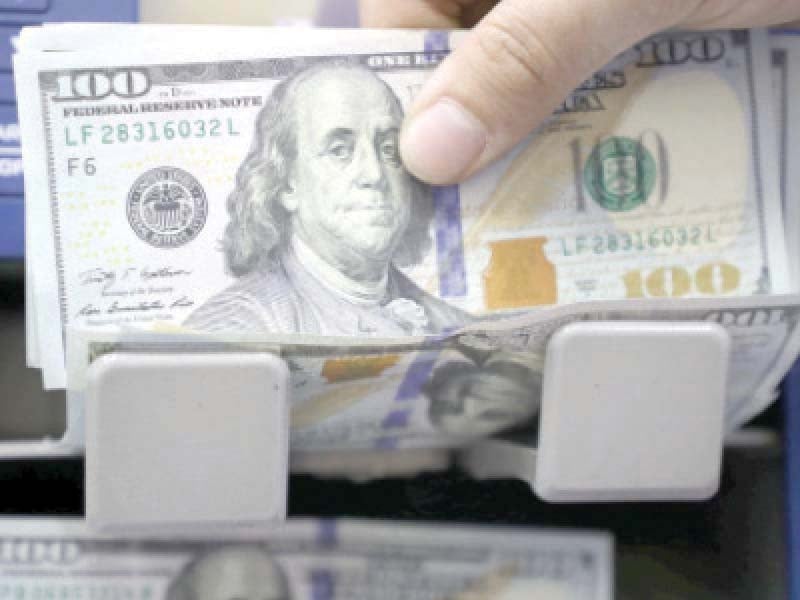
The Pakistani currency on Thursday hit a new low of Rs300 against the US dollar for the first time in the inter-bank market, as its devaluation spree continued for the third consecutive working day.
The latest slump in the rupee is expected to invite a new wave of imported inflation to the country and setting the stage for the central bank to likely jack up its key policy rate – the cost of borrowing – beyond the current record high of 22%.
Talking to The Express Tribune, Arif Habib Limited Head of Research Tahir Abbas said the “dollarisation” of the domestic economy, illegal flight of capital out of the country, and a freehand to illicit hawala-hundi operators altogether caused the depreciation of the local currency to the record low level.
According to the State Bank of Pakistan (SBP) data, the local currency ticked down 0.19% or Rs0.58, hitting a new all-time low at Rs300.22 against the greenback.
The Pakistani rupee has cumulatively devalued by almost 4% or Rs11.73 to date in the first 11 days of the caretaker government at the Centre, proving that the pre-interim government speculations about a new round of depreciation in the currency were accurate.
The currency has depreciated by over 27% or almost Rs82 in a freefall in the past one year so far in comparison with Rs218.38 per US dollar on Aug 24, 2022.
Abbas hoped that the currency might stabilise at around Rs295 to Rs305 per US dollar in the ongoing round of depreciation.
The rupee dropped 0.64%, or Rs2, to a new low at Rs314 per US dollar in the open market as well on Thursday, widening the difference in the value of the currency between the two markets to around 4.5% (or almost Rs14), breaching the International Monetary Fund’s (IMF) condition of maintaining the spread at a maximum of 1.25% (around Rs4) during any of the five consecutive working days.
Read: Rupee dives to Rs312 per dollar in open market
Abbas said the domestic currency has continued to remain under pressure against the US dollar because of the increase in demand for the latter in the local economy.
The demand is coming from traders to clear pending import payments, making held settlements to international airlines for their services in Pakistan, and multinational companies gradually resuming dispatching profits earned in the country to their headquarters abroad.
Besides, Abbas said the local currency had maintained its downturn in the inter-bank market in an attempt to chase and match the rate in the open one.
The open market kept following in the footsteps of the illicit grey market, which is offering Rs20-25 higher against each dollar to sellers in Pakistan, Dubai, and South Africa.
The previous government ended its control over the rupee-dollar exchange rate as part of the IMF conditions for the ongoing loan programme.
It allowed the market forces – mainly local commercial banks – to determine the rupee-dollar exchange rate keeping in view the greenback’s demand and supply in the domestic economy.
Exchange Companies Association of Pakistan (ECAP) General Secretary Zafar Paracha told The Express Tribune that the element of speculation in the ongoing rupee devaluation could not be ruled out as banks had carried it out last year too as per an SBP investigation report.
Abbas said the strengthening of the illicit hawala-hundi operators in the country and abroad remained the major cause of continuous depreciation of the domestic currency.
The Pakistan authorities have to step into action to conduct a crackdown against the illegal traders in the country and request their counterparts in Dubai to carry it out as well to stop the domestic currency’s freefall.
Next Capital CEO Najam Ali wrote on X (formerly known as Twitter) that the Pakistani rupee’s devaluation would not stop until the country achieved political stability.
“This is critical for undertaking vital economic reforms. Such reforms will require broad political consensus," he added.
He continued that too much political and economic uncertainty was causing economic chaos. He further wrote that these “atrocious” conditions were the “killer” of investor confidence.
Abbas said Pakistan remained a major importer of petroleum oil and food products. He added that the non-stop depreciation was feared to keep inflation reading high and curb economic growth.
Earlier, the central bank projected the average inflation reading at 20-22% for the current fiscal year 2023-24 and economic activities in the range of 2-3%.
Experts said Pakistan was required to arrange $15-16 billion in FY24 to finance current account deficit, make maturing foreign debt repayment, and interest payments on foreign debt.



1736064364-0/aubrey-(1)1736064364-0-165x106.webp)




1736063643-0/Untitled-design-(91)1736063643-0-270x192.webp)

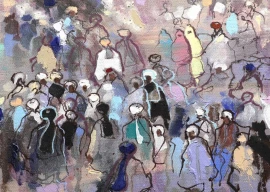

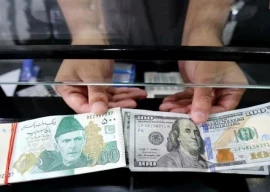
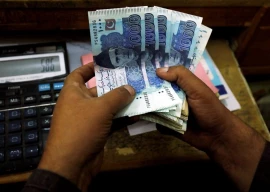
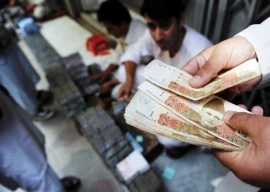
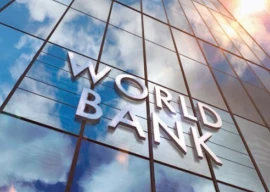











COMMENTS
Comments are moderated and generally will be posted if they are on-topic and not abusive.
For more information, please see our Comments FAQ